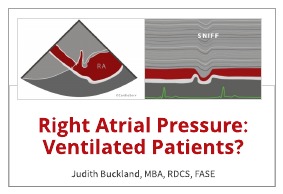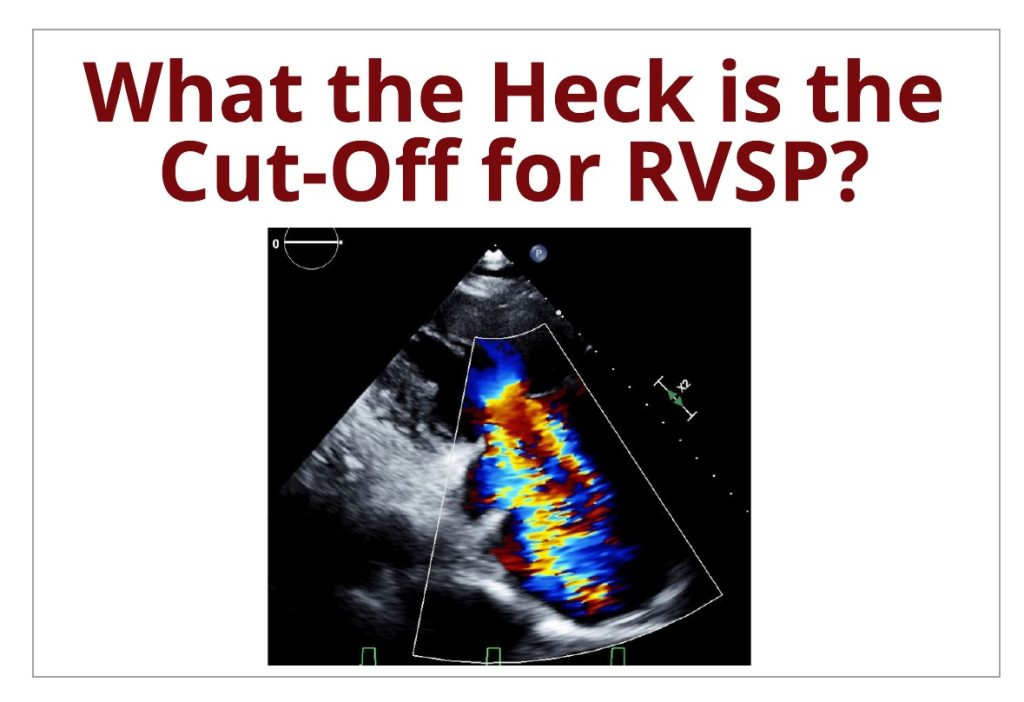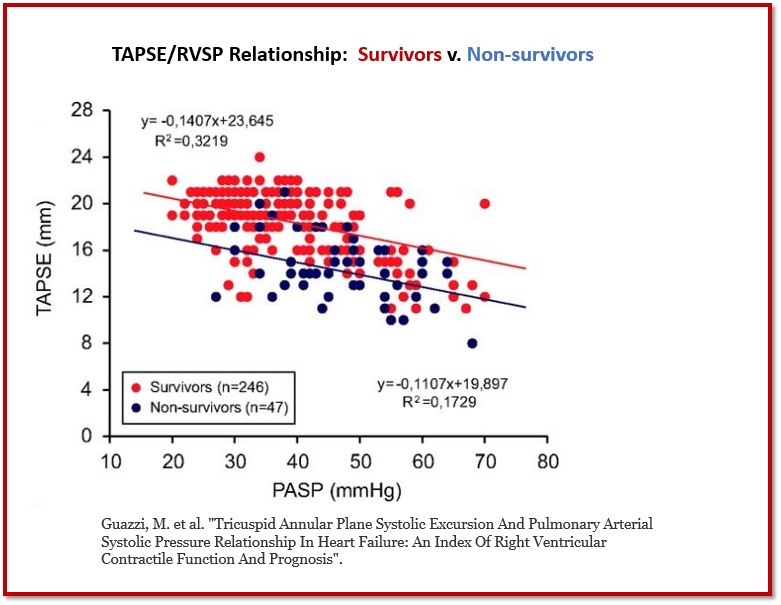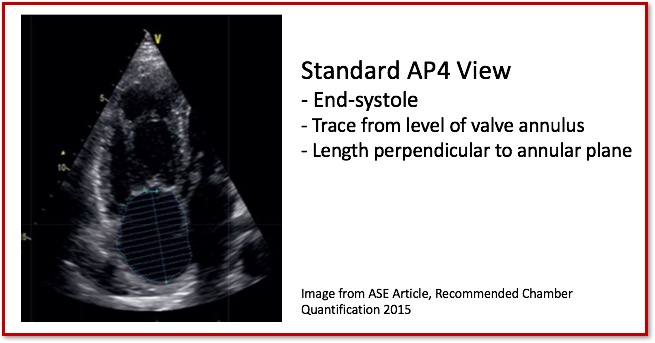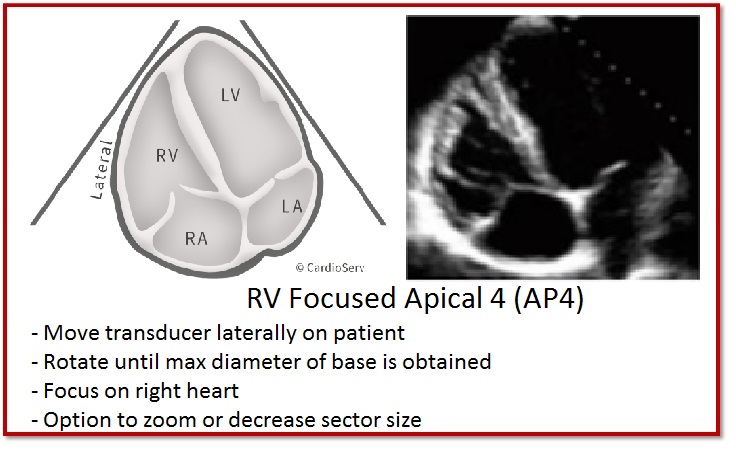CardioServ Trivia: Echo Case Studies and Tips
Did you know that we post CardioServ trivia regularly on Instagram and Facebook? Don’t miss out! It’s a fun way to test your echo knowledge! Whether through posts or videos there is always something new to learn. We have several trivia categories. What category would you like us to add?
CardioServ Trivia: Echo Case Studies and Tips Read More »


